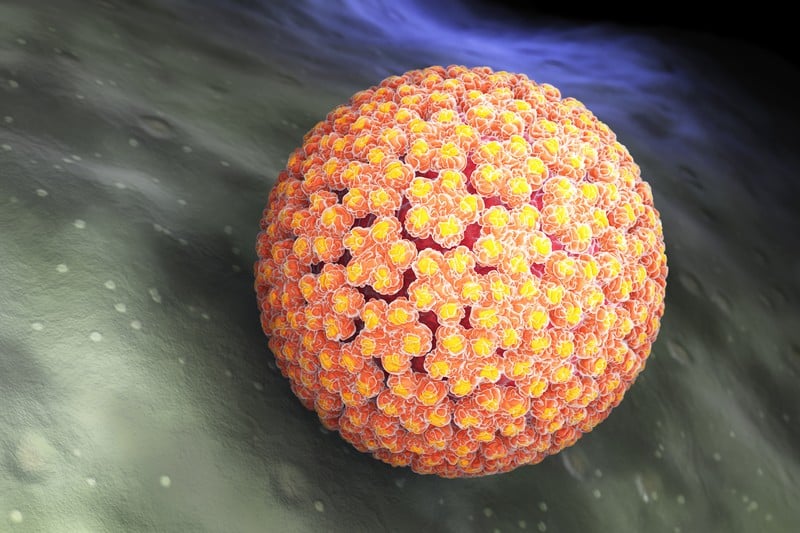HPV (Human Papilloma Virus)

The human papillomavirus (HPV) is the most widespread STD, with over 200 recognized subtypes. More than 40 forms of HPV may cause problems in the mouth, throat, and genital regions. In recent years, there has been an alarming increase in cases of oral cancer in males linked to HPV. In addition, it is more prevalent in males and individuals having several sexual partners and poor oral health.
Oral intercourse is a significant risk factor for HPV infection, and men’s immune systems are less equipped to deal with HPV than women’s. It transmits when the saliva or mucus comes into contact with an open sore or cut in their partner’s mouth. It can enter the mouth during unprotected oral intercourse.
Although most cases of HPV infection heal on their own after a year or two without treatment, the virus may remain latent in the body for up to a decade. As a result, most patients with an oral HPV infection will show no signs of illness. Nonetheless, flat, painless, pink, or white mouth ulcers and lesions may be noticeable on the lips, gums, tongue, or throat. On average, it takes about three to six months for oral HPV lesions to appear after exposure.










